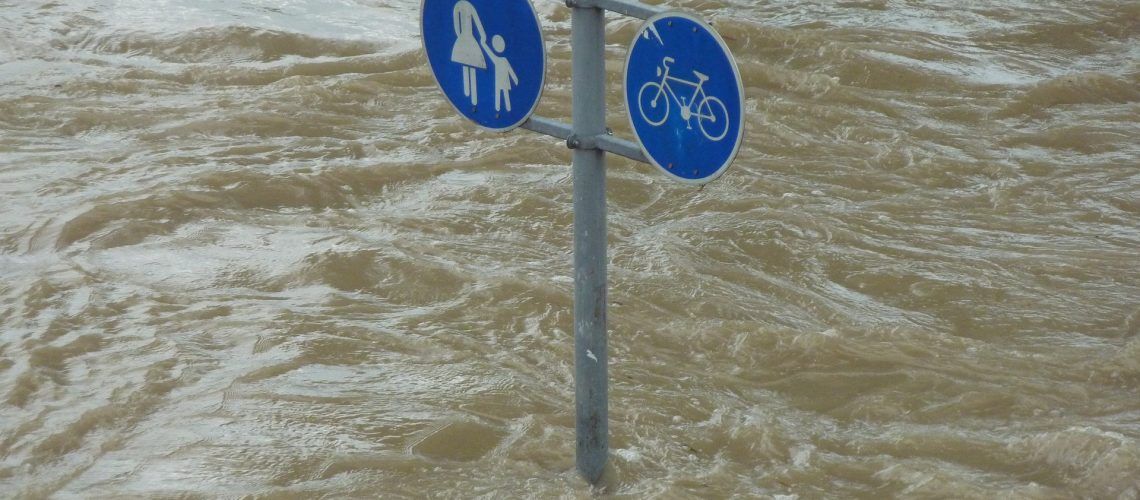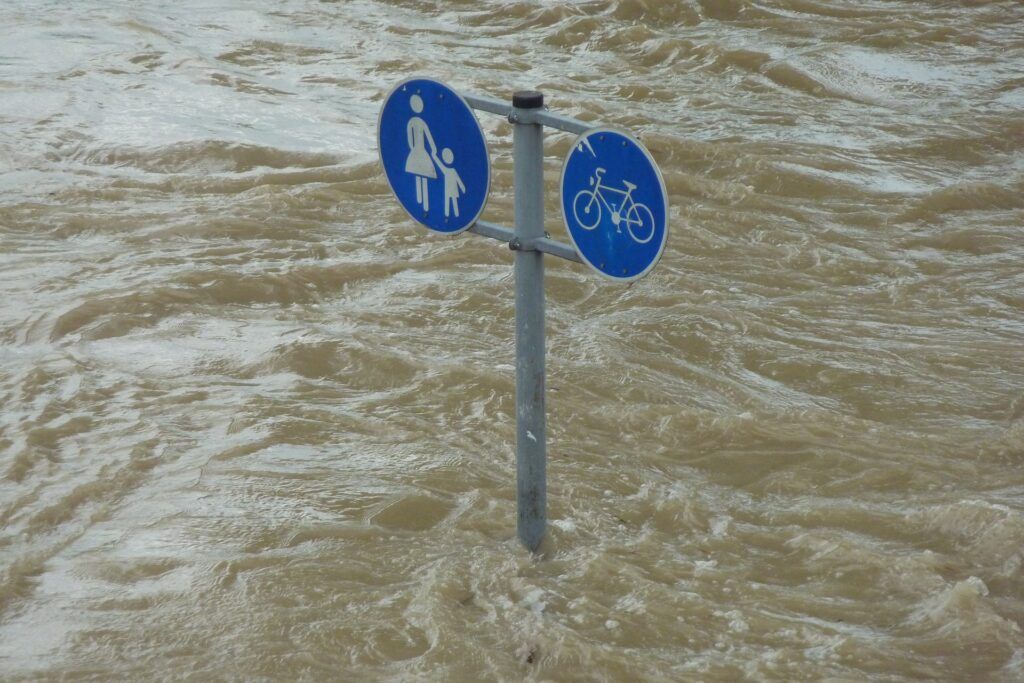Hurricane Ian battered the Southeast with dangerous wind and flooding, killing hundreds of people and destroying communities. The Category 4 hurricane disrupted supply chains and resources critical to treating patients throughout Florida and South Carolina. Beyond these more obvious impacts, the storm brings the threat of infections. A number of viruses and bacteria are known to infect people wading through floodwater or touching contaminated surfaces. The viruses or bacteria such as staph and strep typically enter the body through cuts or scrapes, but these infections can usually be treated with antibiotics. Aeromonas and vibrio are rarer bacterial infections that are more resistant to antibiotics. Vibrio can lead to life threatening complications, especially for medically vulnerable people.
Backflow from sewage systems can lead to gastrointestinal infections such as e. Coli and norovirus, which can linger on surfaces after a storm. Thousands of people staying in a Texas shelter during Hurricane Katrina became ill from norovirus, causing many to experience diarrhea and vomiting. The risk of waterborne infection continues to rise as flooding events become more common and severe due to the climate change.


